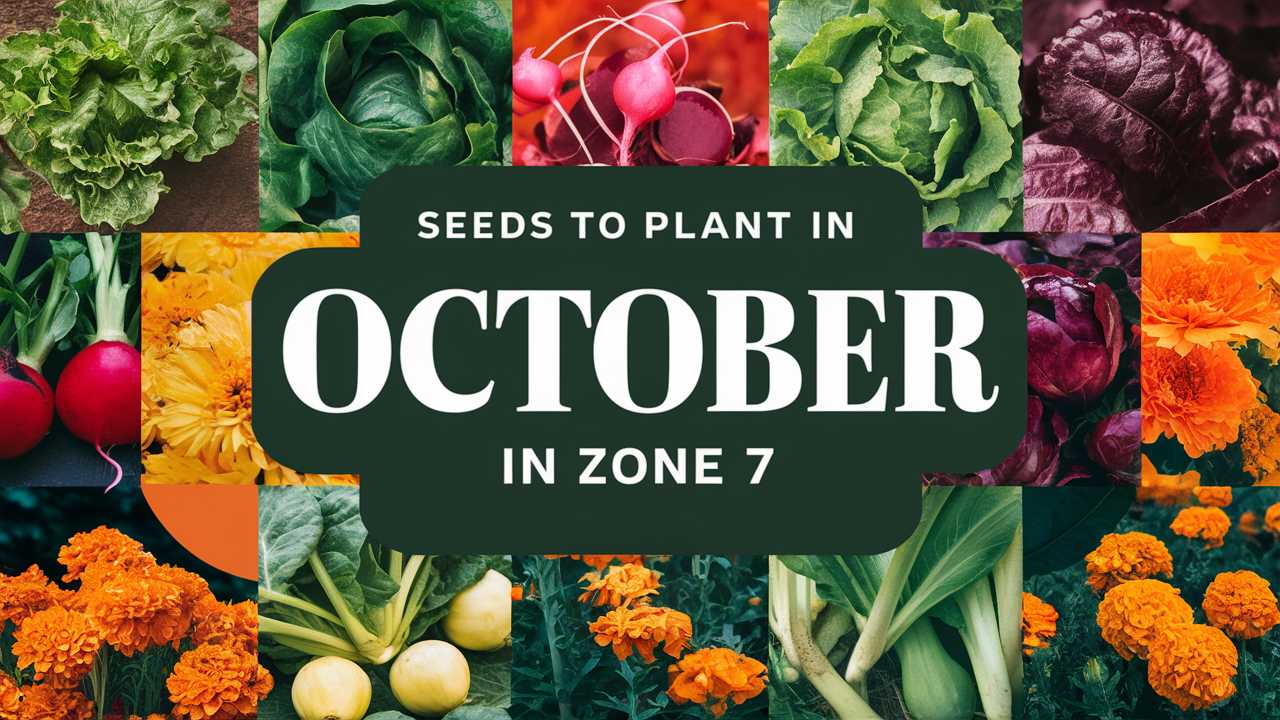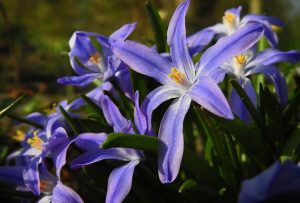Whether you’re looking to grow a winter garden or set the stage for an early spring bloom, October offers an array of opportunities. Let’s delve into 20 seeds that thrive when planted in this enchanting month in Zone 7.
Leafy Greens
Spinach
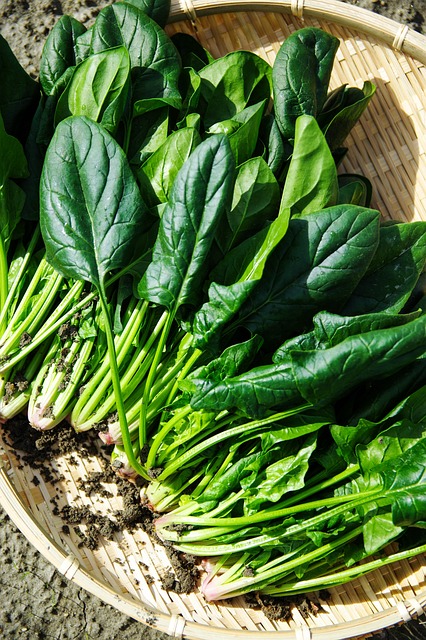
Spinach is a fantastic choice for an October planting. Its seeds germinate quickly, and it’s hardy enough to survive frosts. As a cool-season crop, spinach thrives in the lower temperatures of fall. Plus, the nutrient-rich leaves make it a healthy addition to any meal. Plant the seeds about ½ inch deep, spacing them a few inches apart, and watch them flourish.
Kale
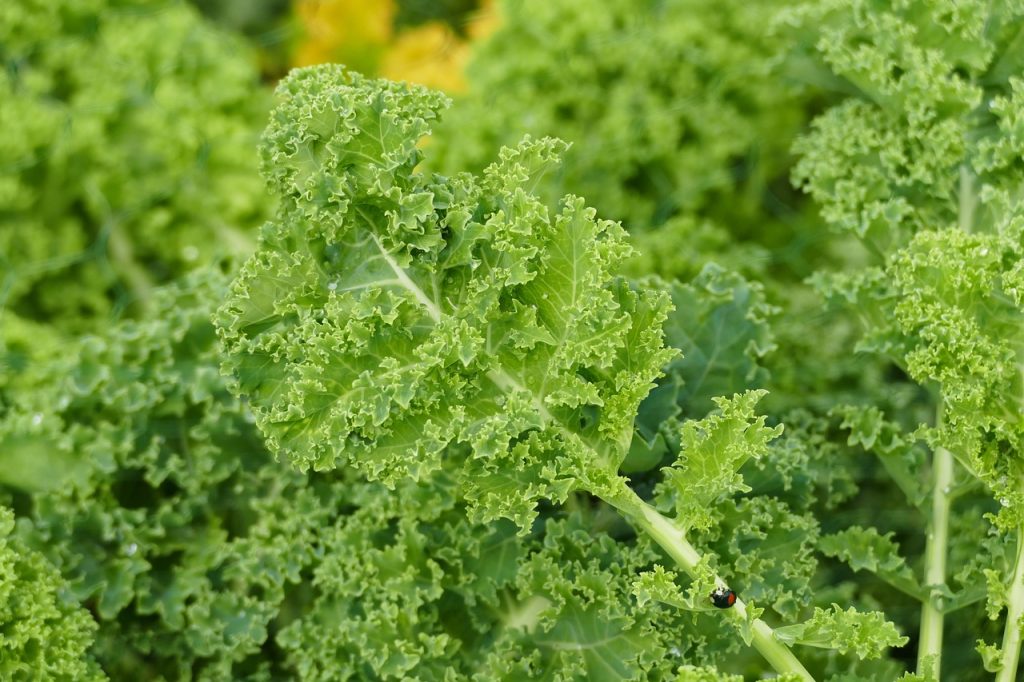
Kale is another powerhouse green perfect for fall planting. It can withstand harsh conditions, even heavy frost, allowing for a continuous harvest. The flavor of kale is often enhanced by frost, making it sweeter. This crop is highly versatile in the kitchen, and its nutrient density ties it into many nutritious dishes.
Swiss Chard
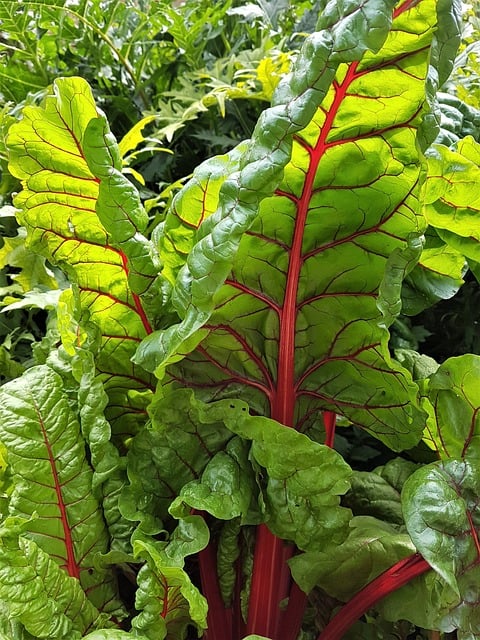
With its vibrant stems and leafy greens, Swiss chard not only tastes good but also looks great in the garden. It prefers cooler weather, establishing its roots in the autumn soil. Aside from its aesthetic appeal, Swiss chard is also incredibly nutritious and can sustain a long harvest period. Just be sure to give these plants plenty of space to accommodate their broad leaves.
Mustard Greens
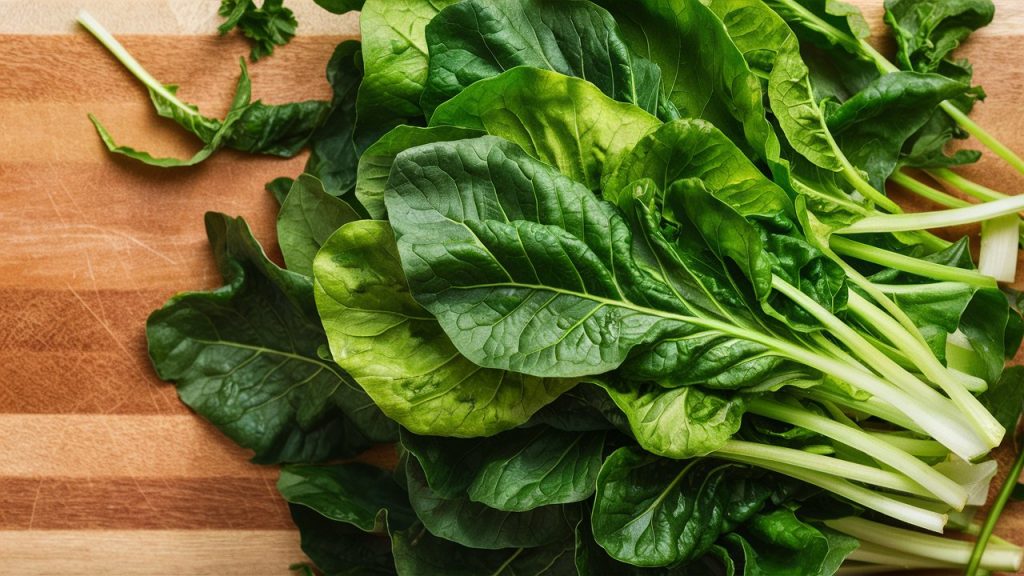
Mustard greens, with their peppery flavor, are an excellent addition to your fall garden. Quick to germinate, they can be harvested as baby greens or allowed to mature for a spicier flavor. Plant them in well-drained soil and keep them well-watered, especially during dry spells.
Root Vegetables
Carrots
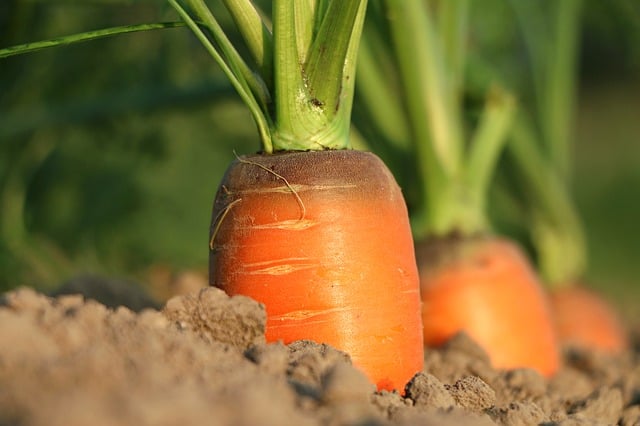
Carrots are a fantastic choice for fall planting. Choose varieties designated for overwintering, as they will not only germinate but thrive in the cool temperatures. Plant seeds about ¼ inch deep and thin them out as they grow. You’ll be rewarded with sweet, crunchy carrots in the spring.
Radishes
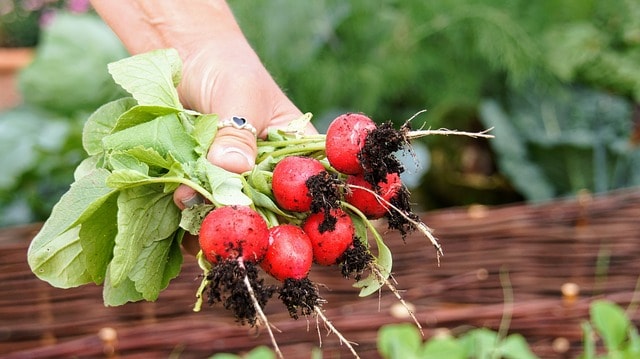
Radishes are one of the quickest crops to germinate, making them an ideal choice for October sowing. They thrive in cooler temperatures, and their fast growth allows for multiple plantings even before winter sets in. Consider planting different varieties of radishes for a colorful bounty.
Beets

Beets are both a tasty root vegetable and a visually appealing plant, with their striking foliage and roots. They grow well in cooler soils and can be harvested young or allowed to mature. Note that beets require well-drained soil to prevent rot, so amend your garden bed accordingly.
Turnips
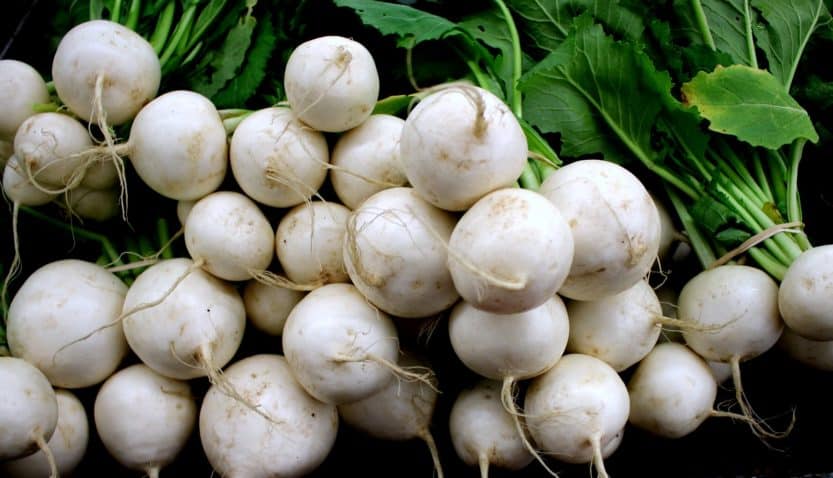
Turnips grow quickly, making them a garden favorite. They are easy to cultivate and do well in the fall garden, thriving in cooler weather. Both the greens and the roots are edible, providing a double harvest. Ensure they have plenty of space for their roots to expand underground.
Brassicas
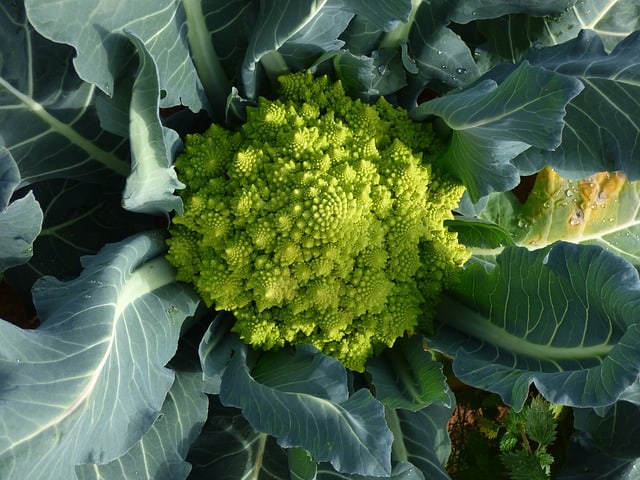
Broccoli

Broccoli is another excellent crop to seed in October. The fall planting allows for a strong head to develop, ready for an early spring harvest. Remember to space the seedlings adequately for optimal growth. Broccoli loves the cooler temperatures, making it a perfect candidate for late sowing.
Cauliflower
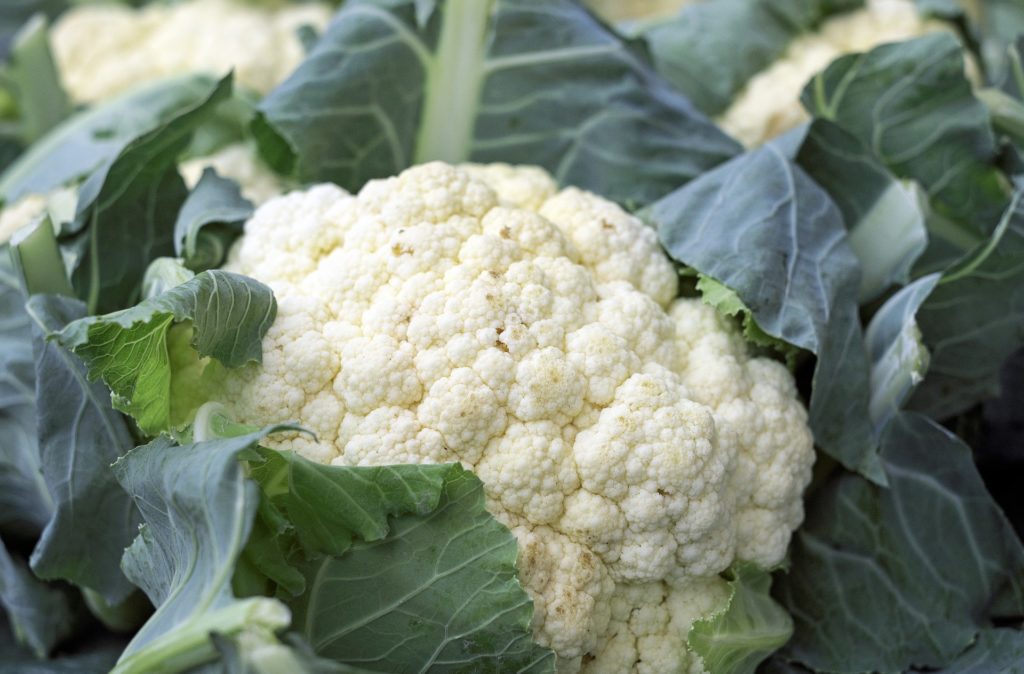
Much like its broccoli counterpart, cauliflower can also be successfully seeded in October. It requires consistent moisture and well-drained soil but rewards gardeners with rich, creamy heads. Make sure to use a floating row cover to protect young plants from harsh winds as they establish.
Cabbage
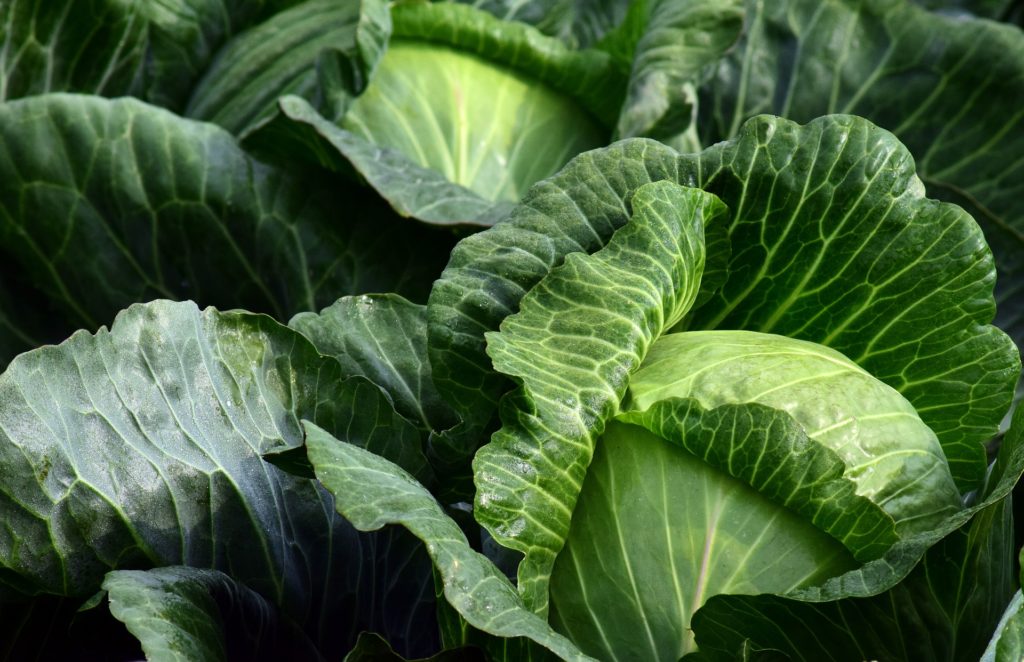
Cabbage is a staple vegetable that thrives in Zone 7’s fall climate. October is an excellent time for planting varieties suited to storage, which allows you to enjoy a robust crop throughout the winter months. Early varieties can be harvested before the first frost, providing fresh produce as the season changes.
Herbs
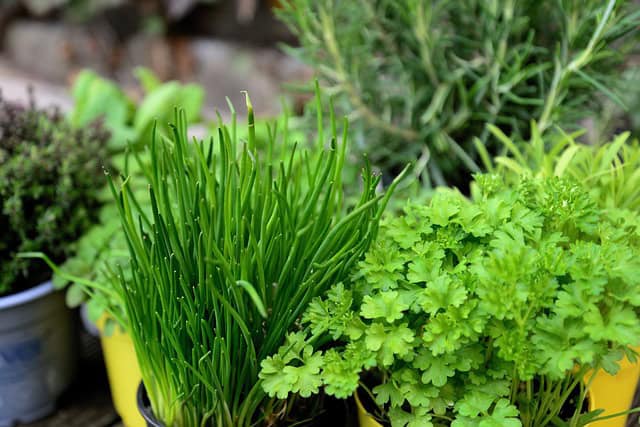
Cilantro
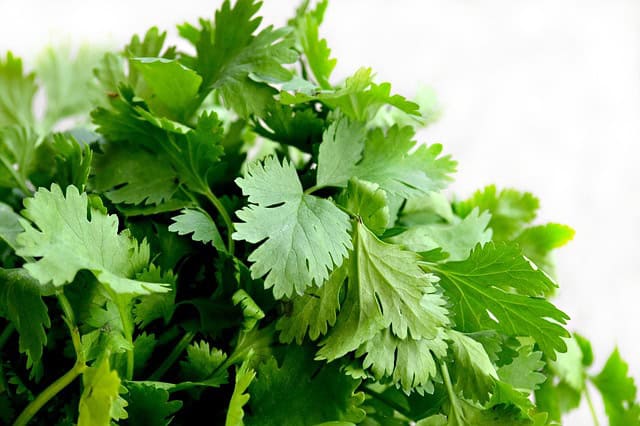
Cilantro, or coriander, can be planted in October for a flavorful herb that thrives in cooler temperatures. Ideal for culinary uses, it grows quickly and can be harvested in a few weeks. Planting cilantro in the fall means you can enjoy its aromatic leaves in your winter dishes.
Parsley
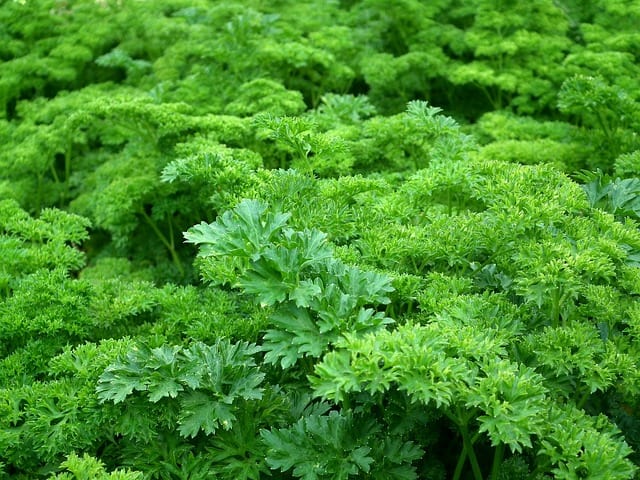
Parsley is a biennial herb that’s perfect for October sowing in Zone 7. This hardy herb will establish itself during the cooler months and, while it may not be ready for full harvest until spring, the flavor it adds to dishes is well worth the wait. Sowing in pots can be an excellent way to extend your growing season as you can move them indoors if necessary.
Chives
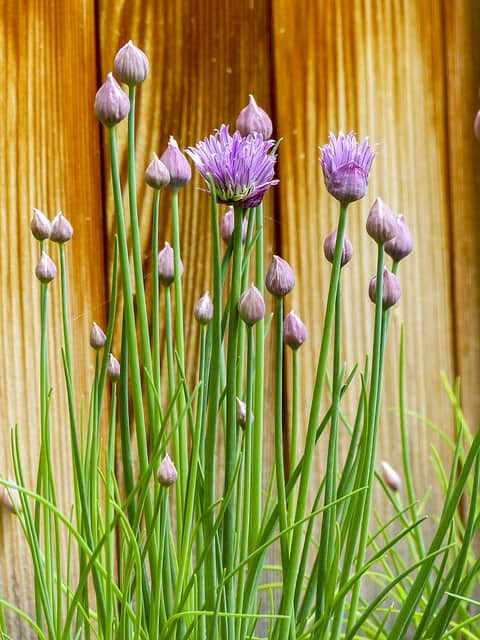
Chives are a wonderful perennial herb to plant in the fall. They’ll establish their root systems in the autumn, allowing for an early spring growth spurt. Chives are versatile in flavor—great fresh, mixed into dishes, or even as a garnish. These hardy herbs can also survive frost, making them reliable garden companions.
Flowers
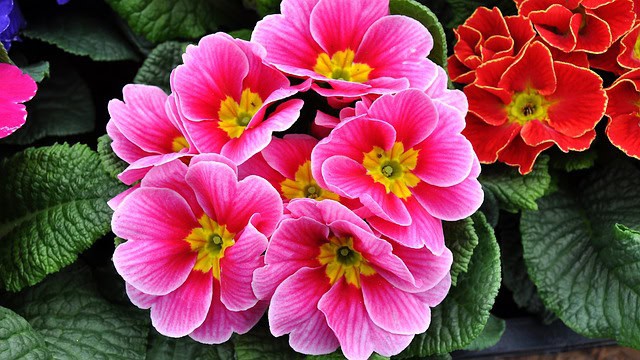
Pansies
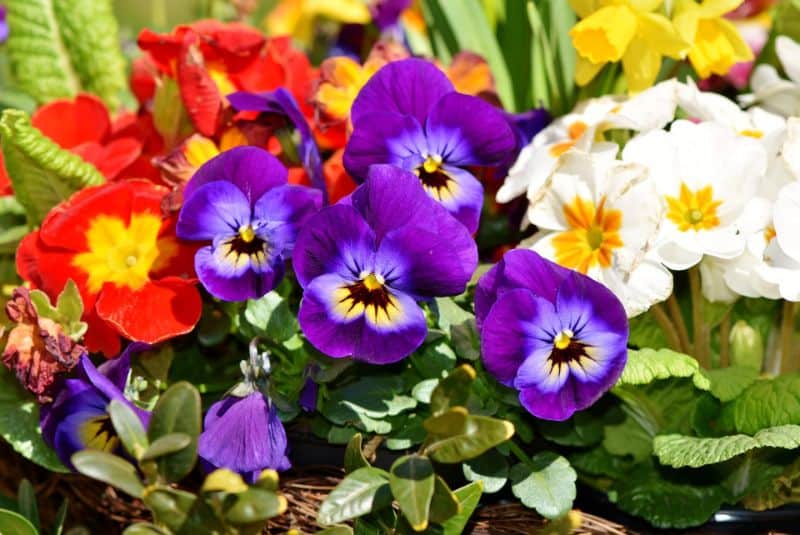
Pansies are delightful additions to any flower bed, and they thrive when planted in October. These resilient blooms will offer color through the cooler months and may even survive a light frost. With a wide range of colors, pansies can brighten up your garden when most of the landscape is fading.
Snapdragons
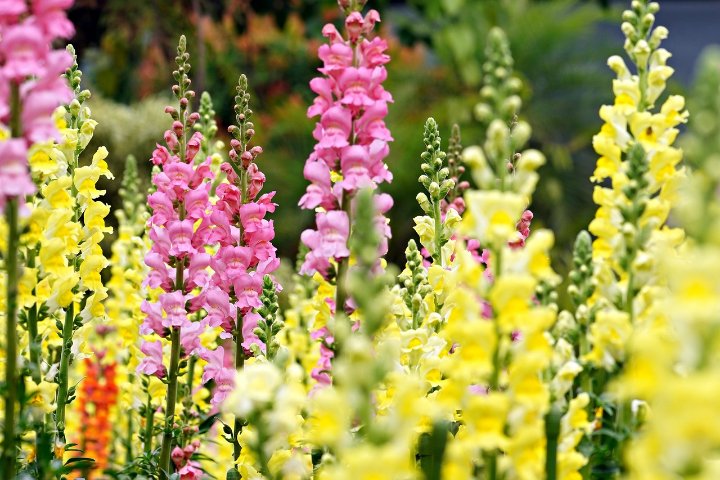
Snapdragons are cool-season annuals that can be planted in the fall for a burst of early spring color. Their unique flower shapes and vibrant hues make them an excellent choice for borders and containers. They’ll bloom early as the temperatures rise in spring, making your garden a welcoming sight.
Winter Sow Annuals
Don’t forget to try winter sowing for annual flowers like calendula or stock. Plant these seeds in cold frames or milk jugs left outdoors in October. This method maximizes your chances of early blooms in spring while minimizing indoor seed-starting work.
Tips for Success
Soil Preparation

As you prepare your garden for October planting, ensure your soil is well-aerated and nutrient-rich. Incorporate organic matter such as compost to enhance drainage and fertility. Healthy soil will significantly contribute to the success of your seeds, allowing them to establish robust root systems.
Watering
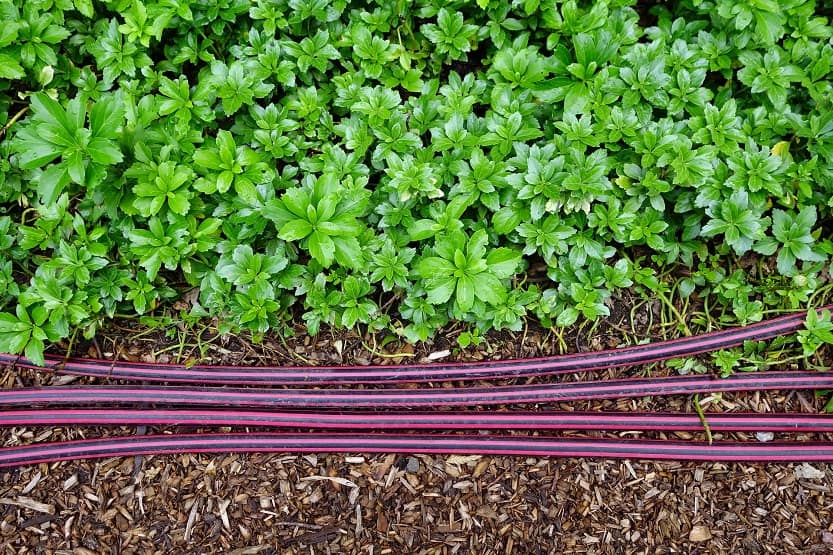
While cooler temps can be beneficial, make sure your new seeds have adequate moisture during germination. Regular watering is key, especially if a dry spell occurs. Keep the soil consistently moist but avoid overwatering, which can lead to rot.
Mulching
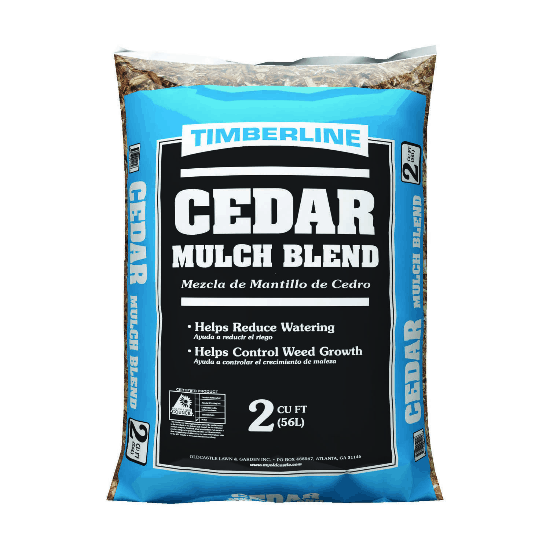
Using mulch can help insulate the soil as temperatures drop. Organic mulches like straw or wood chips can provide insulation and help retain moisture, benefiting emerging seedlings during cooler temperatures.


